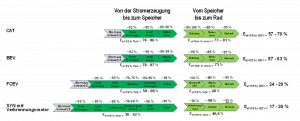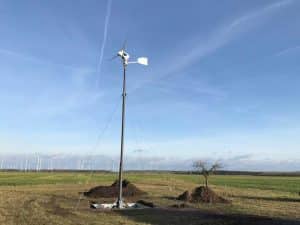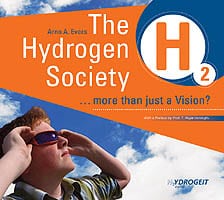
Fuel cells for long haul, batteries for cities
According to European Union guidelines, carbon dioxide emissions from heavy-duty vehicles will need to be cut by 30 percent by the year 2030 in order to ensure emissions reductions are on track to meet the EU’s 2050 net-zero target. This would mean that around 200,000 emission-free trucks would have to be operating on Europe’s roads by 2030. That’s the finding of a recent study carried out by the association of German engineers VDI and the testing and certification institute VDE entitled “Sustainable commercial vehicles – a comparison of different technology pathways for carbon-neutral and carbon-free propulsion.” It found marked advantages for the use of fuel cell power systems for long-distance transportation using large commercial vehicles while battery-electric powertrains were seen as clearly beneficial for small commercial vehicles. (more…)



